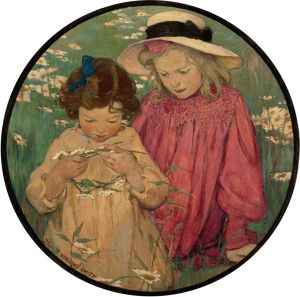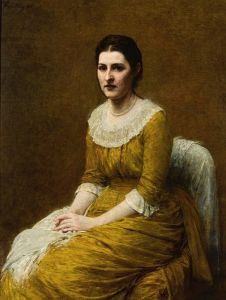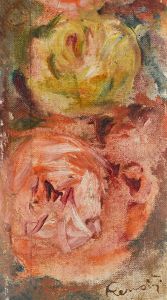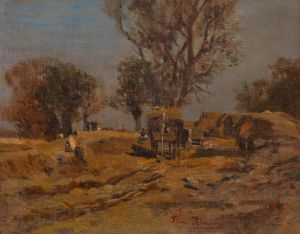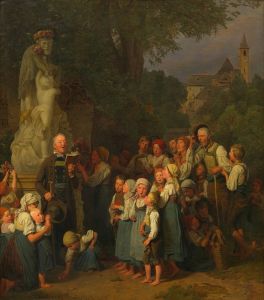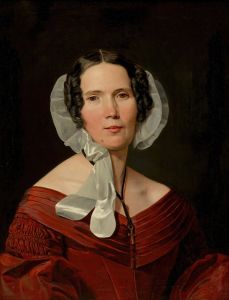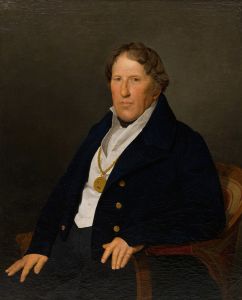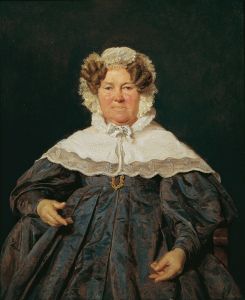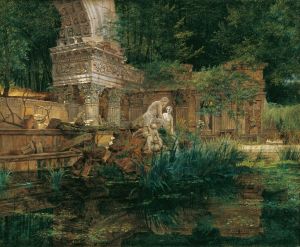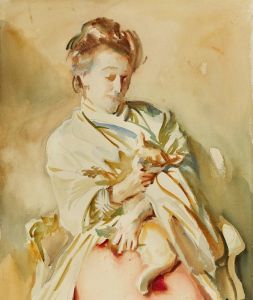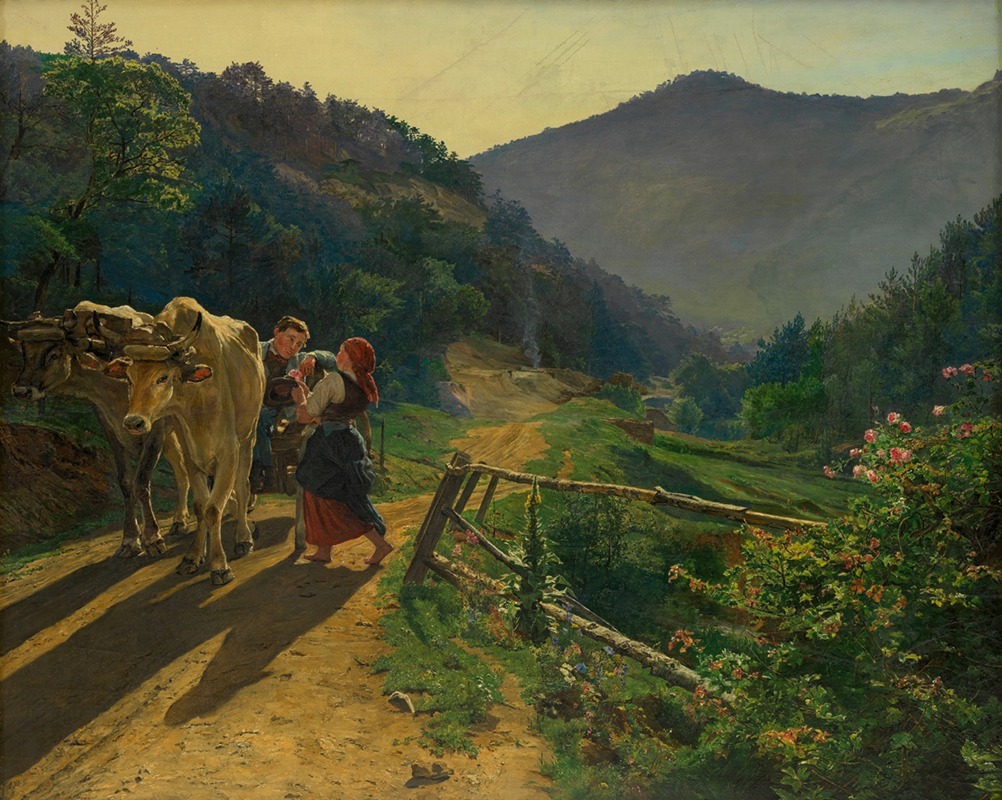
Die Rosenzeit
A hand-painted replica of Ferdinand Georg Waldmüller’s masterpiece Die Rosenzeit, meticulously crafted by professional artists to capture the true essence of the original. Each piece is created with museum-quality canvas and rare mineral pigments, carefully painted by experienced artists with delicate brushstrokes and rich, layered colors to perfectly recreate the texture of the original artwork. Unlike machine-printed reproductions, this hand-painted version brings the painting to life, infused with the artist’s emotions and skill in every stroke. Whether for personal collection or home decoration, it instantly elevates the artistic atmosphere of any space.
Ferdinand Georg Waldmüller, an Austrian painter renowned for his contribution to the Biedermeier period, created the painting "Die Rosenzeit" (The Time of Roses) in 1864. Waldmüller was born in Vienna in 1793 and became one of the most significant figures in 19th-century Austrian art, known for his detailed and realistic depictions of everyday life and landscapes.
"Die Rosenzeit" exemplifies Waldmüller's skill in capturing the beauty of nature and the subtleties of human emotion. The painting portrays a serene and idyllic scene, typical of Waldmüller's work, which often focused on the harmonious relationship between humans and their natural surroundings. In "Die Rosenzeit," a young girl is depicted in a lush garden, surrounded by blooming roses. The attention to detail in the depiction of the flowers and foliage highlights Waldmüller's mastery of realism and his ability to convey the vibrancy of nature.
Waldmüller's work is characterized by its clarity, precision, and the use of light to enhance the realism of the scene. In "Die Rosenzeit," the play of light and shadow adds depth to the composition, creating a sense of three-dimensionality and bringing the scene to life. The artist's use of color is also noteworthy, with the rich hues of the roses contrasting with the softer tones of the girl's attire and the surrounding greenery.
The painting reflects the Biedermeier aesthetic, which emphasized simplicity, domesticity, and a focus on the intimate aspects of life. This period in art history was marked by a shift away from the grandeur and drama of the preceding Romantic era, towards a more restrained and realistic portrayal of everyday subjects. Waldmüller's work, including "Die Rosenzeit," is a quintessential example of this movement, capturing the quiet beauty and tranquility of rural life.
Ferdinand Georg Waldmüller's contribution to art extends beyond his paintings. He was also an influential teacher and writer, advocating for the importance of observing nature closely and depicting it truthfully. His approach to art education emphasized the study of nature as a fundamental aspect of artistic training, a philosophy that is evident in the meticulous detail and naturalism of his work.
"Die Rosenzeit" remains a celebrated piece within Waldmüller's oeuvre, appreciated for its technical excellence and its ability to evoke a sense of peace and nostalgia. The painting is housed in a private collection, and while it may not be as widely known as some of his other works, it continues to be admired by art enthusiasts and scholars for its representation of the Biedermeier ideals and Waldmüller's artistic vision.





